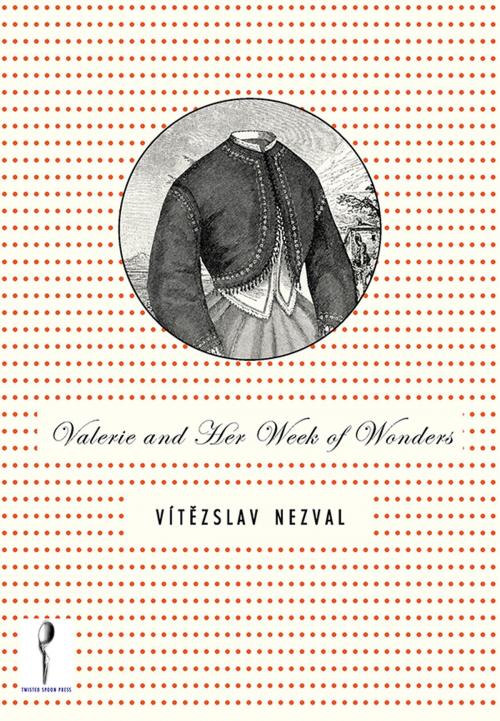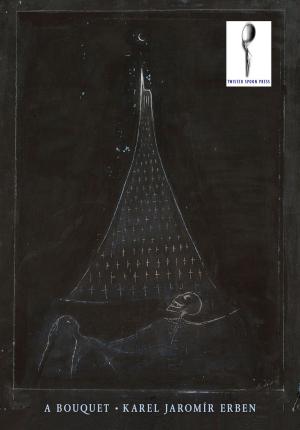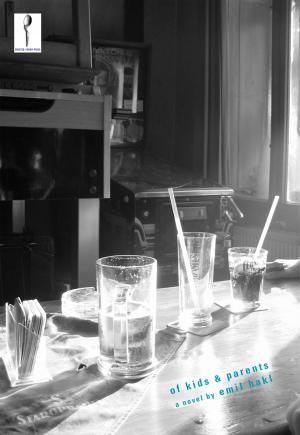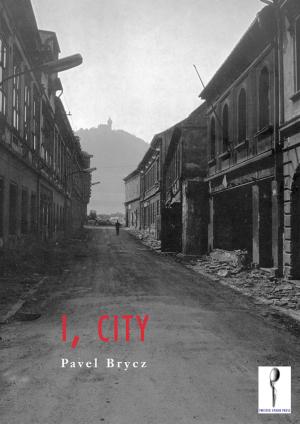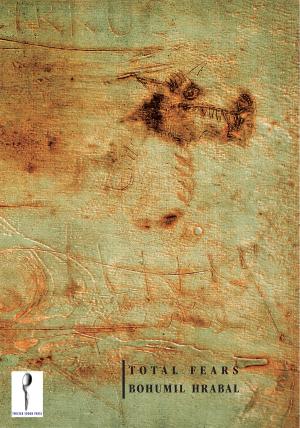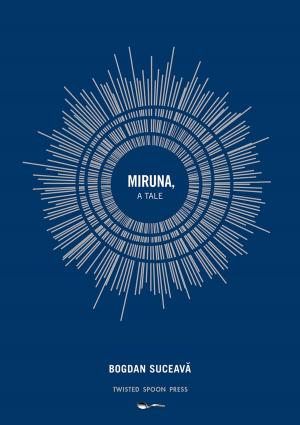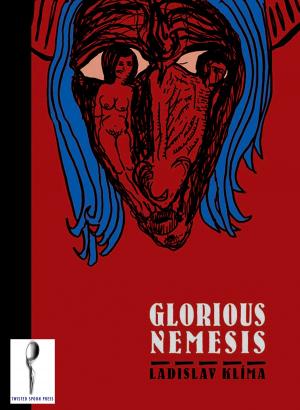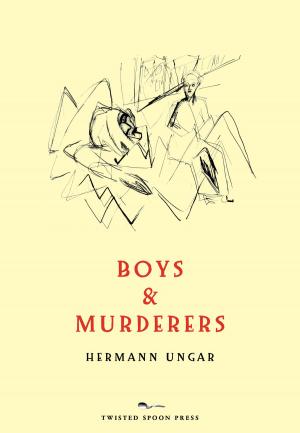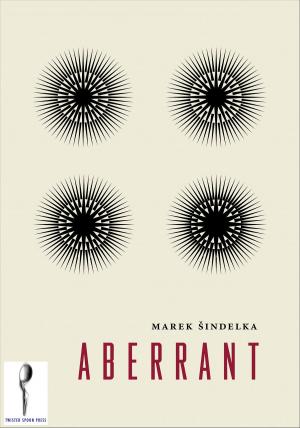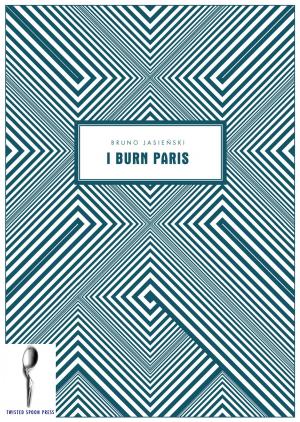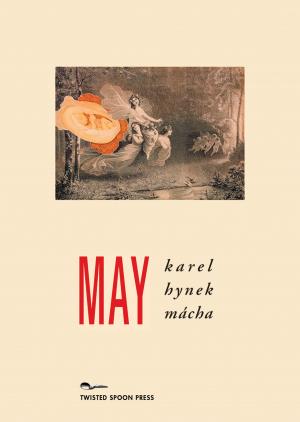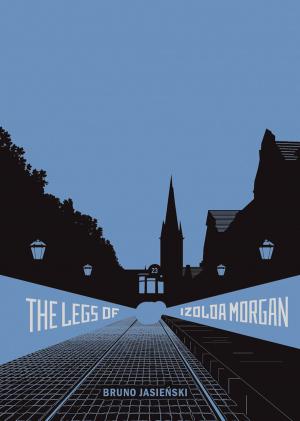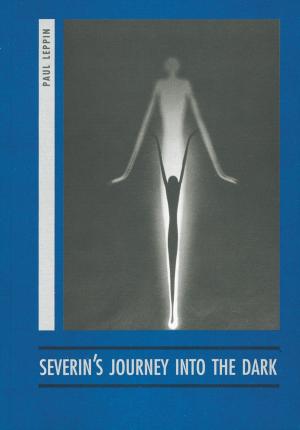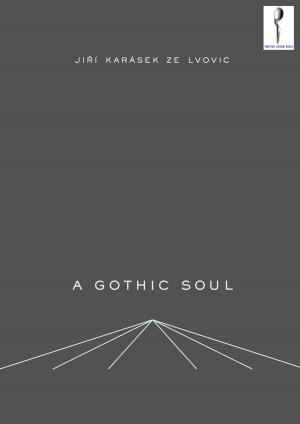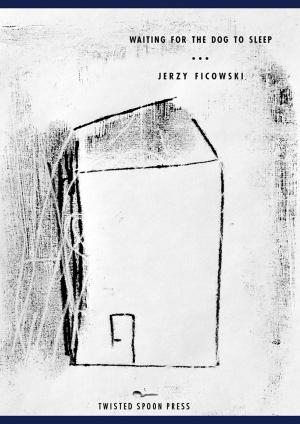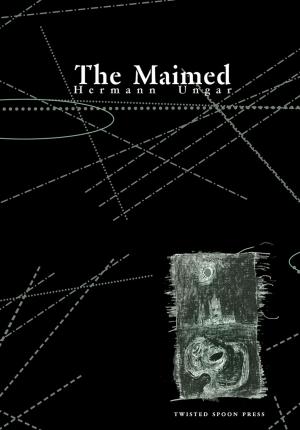| Author: | Vítězslav Nezval | ISBN: | 9788086264691 |
| Publisher: | Twisted Spoon Press | Publication: | July 11, 2014 |
| Imprint: | Language: | English |
| Author: | Vítězslav Nezval |
| ISBN: | 9788086264691 |
| Publisher: | Twisted Spoon Press |
| Publication: | July 11, 2014 |
| Imprint: | |
| Language: | English |
Written in 1935 at the height of Czech Surrealism but not published until 1945, Valerie and Her Week of Wonders is a bizarre erotic fantasy of a young girl's maturation into womanhood on the night of her first menstruation. Referencing Matthew Lewis's The Monk, Marquis de Sade's Justine, K. H. Macha's May, F. W. Murnau's film Nosferatu, Nezval employs the language of the pulp serial novel to construct a lyrical, menacing dream of sexual awakening involving a vampire with an insatiable appetite for chicken blood, changelings, lecherous priests, a malicious grandmother, and an androgynous merging of brother with sister.
In his Foreword Nezval states: "I wrote this novel out of a love of the mystique in those ancient tales, superstitions and romances, printed in Gothic script, which used to flit before my eyes and declined to convey to me their content." Part fairy tale, part Gothic horror, Valerie and Her Week of Wonders is a meditation on youth and age, sexuality and death — an exploration of the grotesque that juxtaposes high and low genres, with shifting registers of language and moods that was a trademark of the Czech avant-garde. The 1970 film version is considered one of the outstanding achievements of Czech new-wave cinema.
Written in 1935 at the height of Czech Surrealism but not published until 1945, Valerie and Her Week of Wonders is a bizarre erotic fantasy of a young girl's maturation into womanhood on the night of her first menstruation. Referencing Matthew Lewis's The Monk, Marquis de Sade's Justine, K. H. Macha's May, F. W. Murnau's film Nosferatu, Nezval employs the language of the pulp serial novel to construct a lyrical, menacing dream of sexual awakening involving a vampire with an insatiable appetite for chicken blood, changelings, lecherous priests, a malicious grandmother, and an androgynous merging of brother with sister.
In his Foreword Nezval states: "I wrote this novel out of a love of the mystique in those ancient tales, superstitions and romances, printed in Gothic script, which used to flit before my eyes and declined to convey to me their content." Part fairy tale, part Gothic horror, Valerie and Her Week of Wonders is a meditation on youth and age, sexuality and death — an exploration of the grotesque that juxtaposes high and low genres, with shifting registers of language and moods that was a trademark of the Czech avant-garde. The 1970 film version is considered one of the outstanding achievements of Czech new-wave cinema.
